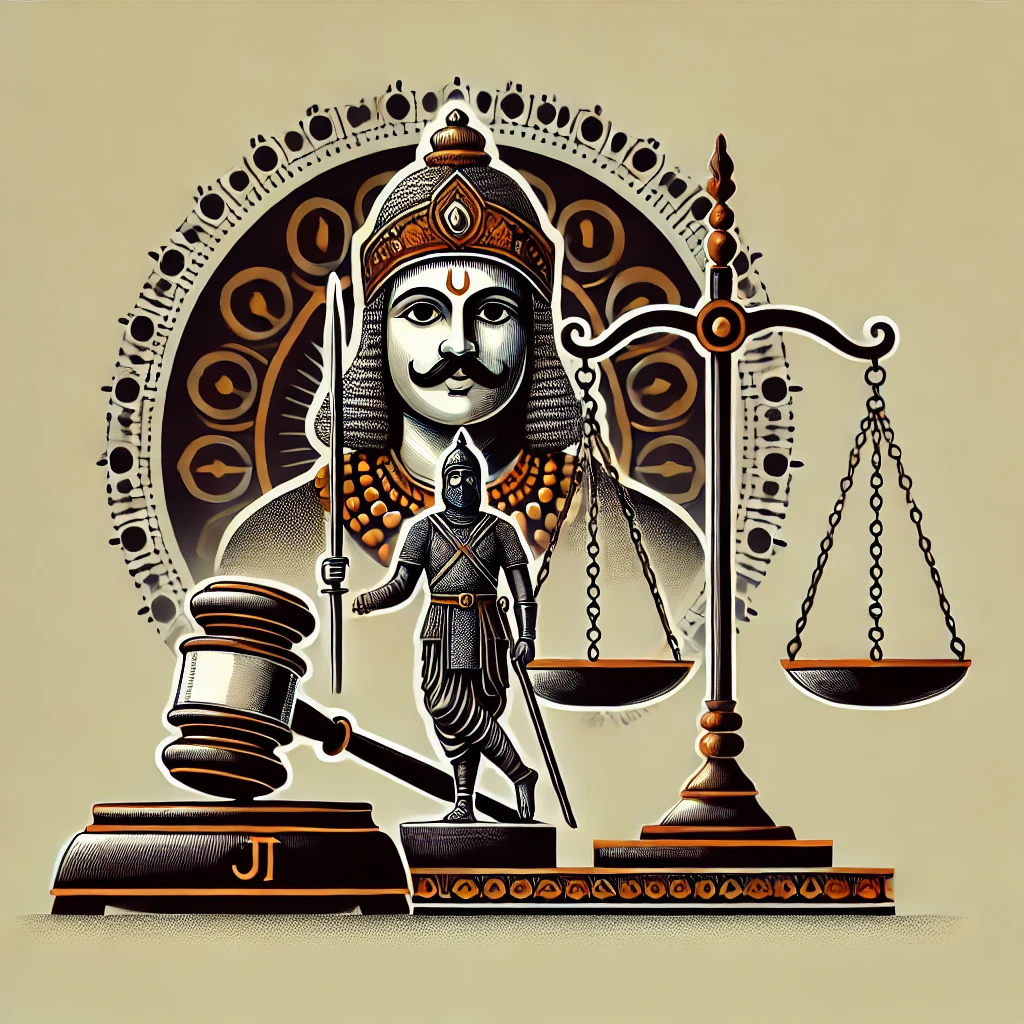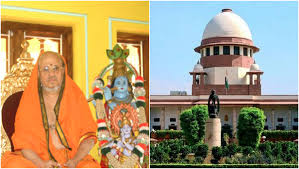State of Punjab vs. Randhir Singh [July 09, 2024]
Citation: 2024 INSC 489; [2024] 7 S.C.R. 65; Supreme Court of India
Background and Facts
This case involved the alleged murder of Smt. Kuldeep Kaur @ Raj Kaur, who suffered 80% burn injuries at her matrimonial home. She was brought to the hospital by her husband, Randhir Singh (A1), and his brother, Baldev Singh (A2). The prosecution claimed that the accused set the victim on fire due to domestic discord, possibly involving allegations of an illicit relationship and harassment. The trial court convicted the accused, but the High Court acquitted them, finding the prosecution’s case unsubstantiated. The State of Punjab appealed to the Supreme Court, seeking restoration of the convictions.
Key Issues
Whether the prosecution established beyond reasonable doubt that the accused intentionally set the victim on fire.
The evidentiary value of the victim’s dying declaration and the reliability of the prosecution witnesses.
The role of motive and corroborative evidence in cases of alleged dowry death or intentional immolation.
Supreme Court’s Analysis and Findings
Dying Declaration: The Supreme Court noted that the victim’s dying declaration (Exhibit-PJ), recorded by the Naib Tehsildar (PW-7), did not name any accused or hold anyone responsible for the incident. She stated she caught fire while preparing tea, and her husband and others tried to extinguish the flames and took her to the hospital.
Lack of Motive and Corroboration: The Court found no credible evidence of dowry harassment, illicit relationship, or any concrete motive for the accused to commit the crime. The prosecution’s theory of intentional immolation was not supported by independent or medical evidence. Notably, no smell of kerosene was detected on the victim’s body by any doctor, and there were no burn injuries on her head or shoulders, which contradicted the prosecution’s version.
Witness Credibility: All prosecution witnesses were close family members of the deceased. The Court observed that their testimonies were partisan and failed to provide a consistent or believable account of the events. The evidence was found to be of “dubitable character” and lacked corroboration from independent witnesses.
Alternative Explanation: The Court found it more probable that the victim caught fire accidentally while preparing tea, as suggested by her own statement and corroborated by defense witness Kewal Singh (DW-5), who saw Randhir Singh trying to extinguish the fire.
Procedural Observations: The Court remarked that the dying declaration appeared to be a post-investigation document, possibly influenced by the deceased’s brother, a police officer. The absence of a reliable and spontaneous dying declaration further weakened the prosecution’s case.
Conclusion and Significance
The Supreme Court dismissed the State’s appeal and upheld the High Court’s acquittal of the accused, finding that the prosecution failed to prove its case beyond reasonable doubt. The Court emphasized that conviction cannot be based on conjectures, partisan testimony, or uncorroborated allegations, especially when the dying declaration does not implicate the accused.
The judgment reinforces the principle that the benefit of doubt must go to the accused when the prosecution’s case is riddled with inconsistencies and lacks credible evidence.
In summary: The Supreme Court affirmed the acquittal of Randhir Singh and others, holding that the evidence pointed more to accidental fire than intentional immolation, and the prosecution’s case lacked motive, corroboration, and credible witness testimony.






























0 comments